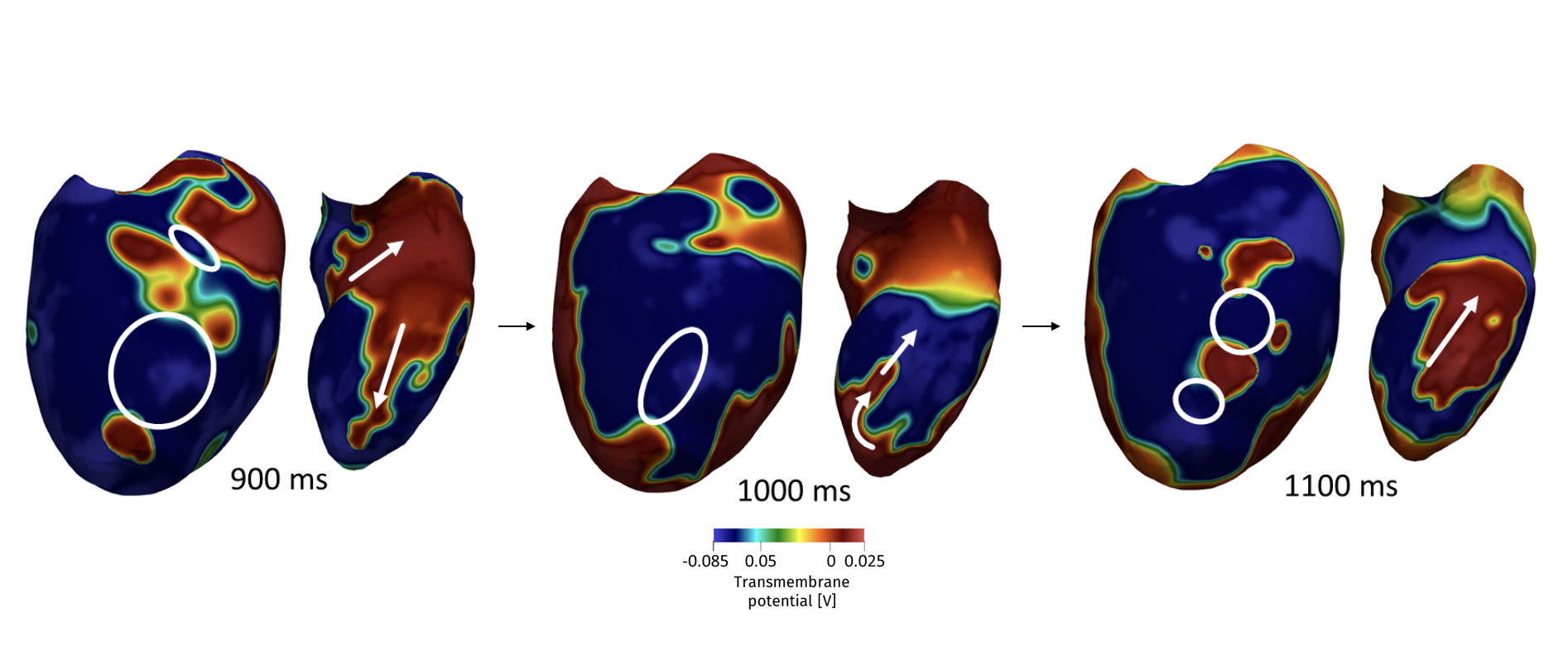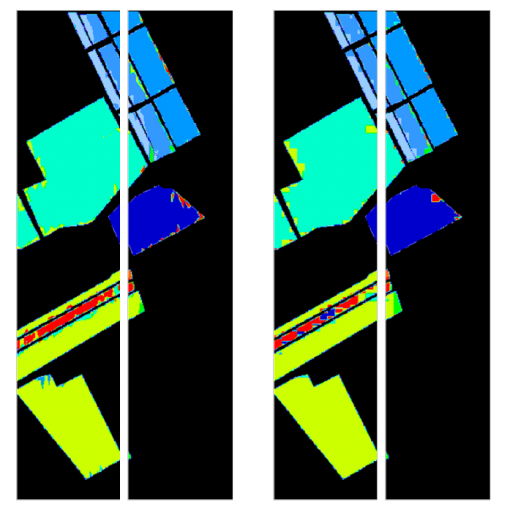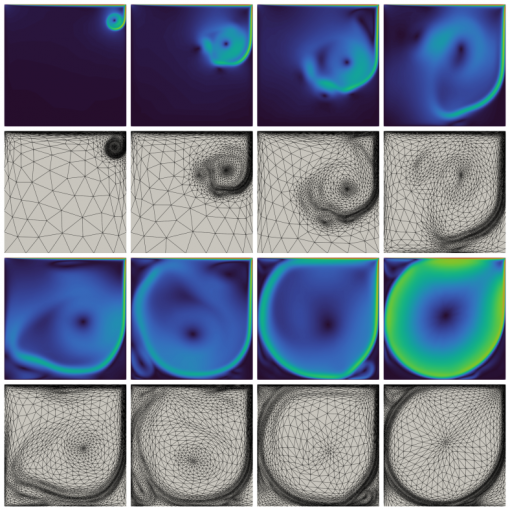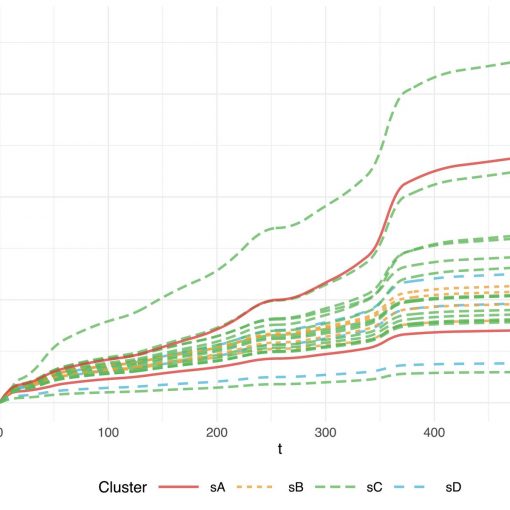A new MOX Report entitled “Influence of patient-specific acute myocardial ischemia maps on arrhythmogenesis: a computational study” by Corda, A.; Pagani, S.; Vergara, C. has appeared in the MOX Report Collection. Check it out here: https://www.mate.polimi.it/biblioteca/add/qmox/02-2025.pdf Abstract: The early phase of acute myocardial ischemia is associated with an elevated risk of ventricular reentrant arrhythmias. After partial or total occlusion of a coronary artery, some regions of the heart experience a reduction in myocardial blood flow. This causes metabolic and cellular processes, such as hypoxia, hyperkalemia and acidosis, which lead to changes in the transmembrane ionic dynamics. The effect of such alterations may result in the formation of electrical loops and reentries. In this context, digital twins aim at predicting patient-specific arrhythmic propensity to support clinical decision. Due to a lack of available representative data of acute events, digital twins can only rely on differential multiscale models, whose parameters are personalized based on imaging data. Through their numerical approximation, we can quantitatively assess arrhythmic risk by simulating the generation of arrhythmic episodes, possibly persistent, triggered by ectopic beats and in presence of acute myocardial regions. Since quantitative information (extent, localization, …) about acute ischemic regions are hardly available from clinics, to date, computational models only integrate imaging data from chronic infarcted ventricles. This may not accurately reflect the acute condition. This work presents a novel patient-specific electrophysiological model, based on myocardial blood flow maps acquired during a pharmacologically induced acute ischemic event. The model pers! onalizati on is obtained with the partitioning of the left ventricle geometries on the basis of the myocardial blood flow maps. First, we aim to numerically investigate the induction and sustainment of reentrant drivers in patient-specific scenarios, in order to assess their arrhythmic propensity. Secondly, we perform an intra-patient sensitivity analysis, where different levels of acute ischemia are virtually depicted for the most arrhythmogenic patient. Our results suggest that the amount of ischemic regions seems to have less influence on arrhythmogenesis than their pattern.
You may also like
A new MOX Report entitled “A PCA and mesh adaptation-based format for high compression of Earth Observation optical data with applications in […]
A new MOX Report entitled “Space – time mesh adaptation for the VMS – Smagorinsky modeling of high Reynolds number flows ” […]
A new MOX Report entitled “Ordinal Mixed-Effects Random Forest” by Bergonzoli, G.; Rossi, L.; Masci, C. has appeared in the MOX Report […]
A new MOX Report entitled “Analysis of Higher Education Dropouts Dynamics through Multilevel Functional Decomposition of Recurrent Events in Counting Processes” by […]





